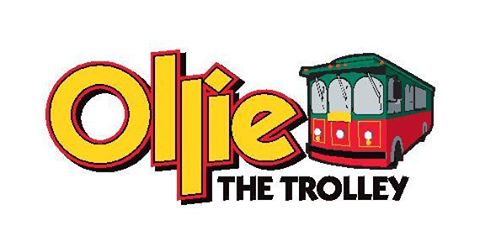The program found it’s roots in Boy’s Week. This article from Rotary International gives some history on Boy’s Week:
The history of Rotary's work with youth dates back to the 1920s, when many clubs took part in an international event known as Boys' Week.
The first Boys' Week was held in New York City in May 1920 by the Rotary Club of New York and other local organizations. The event was part of an effort to promote youth development in the areas of education, citizenship, health and hygiene, and vocation.
New York club members reported on the success of Boys' Week at the 1920 Rotary convention, hoping that it would become part of the Boys' Work program, which Rotary had established several years earlier with the creation of the Committee on Work among the Boys (later known as the Boys' Work Committee). The program encouraged Rotary clubs to work with other community initiatives and organizations to counter juvenile delinquency, truancy, and poor physical health, with the goal of developing good citizens.
Boys' Week events quickly spread throughout the world. By the mid1920s, they were being held in almost 600 locations across 25 countries. In 1928, the number of participating cities and towns had grown to about 3,000.
The target audience also grew rapidly. Girls rode on the float sponsored by the Rotary Club of Vicksburg, Mississippi, in a 1924 Loyalty Day parade held in conjunction with Boys' Week.
By the late 1920s, the United States had established a National Boys' Week Committee, in which Rotary participated. Rotary clubs were encouraged to support their local Boys' Week events as a way to achieve the goals of the Boys' Work program.
In 1934, Boys' Week became known as Youth Week, and in 1936, Boys and Girls' Week.
The RI Board of Directors voted to discontinue Rotary's official sponsorship of Boys and Girls' Week in 1956 in order to support new youth efforts, but it encouraged clubs to continue participating in local youth service initiatives.
In 1927, the then President of Downtown Rotary, Louis Hiller, decided to implement a program that expanded on the impact of Boy’s Week. He wanted to do something to connect youth to community leaders to make an impact on them at a critical age. With President Hiller’s support, the club worked with the junior high schools to honor eighth grade students based on four key values: Scholarship, Leadership, Character and Presence. Part of the point of the program was to impress on young leaders the importance of being well-rounded…that grades alone are not the key to success in life. Two boys were selected by their schools to be their Honor Roll representatives.
94 years after it’s founding, schools still select students on those four key values. The club leaves the selection process to the schools. Some schools, such as Alice Buffett have very structured processes that involve essays and interviews. Other’s ask faculty and staff to identify students that meet the program criteria. While we feel that in some schools the selection process is a popularity contest, it is clear that the majority of the schools invest real effort into making meaningful and impactful choices.
Each school has a plaque (series of plaques) that have the honored students added to them with brass name plates. These plaques are prominently displayed in the majority of the schools that participate in the program. In addition, the students receive a custom printed folder containing:
Their Honor Roll Certificate
An event program
A “My student is a Downtown Rotary Honor Roll Student” bumper sticker
A commemorative pen.
Here are some additional facts and background on the program:
How many schools/How many students?
The first program we still have is from 1938; where 2 boys each from 26 schools were selected to attend a regular Rotary meeting. In 1950, we started selected students based on population – prior to that, it was always two boys per school. Since then it has been 5% of each school’s eighth grade enrolment.
The highest number of schools reached: 63 in 1968, which had just 206 students. In 2013, we had 59 schools and 411 students. The graph below shows the growth in the number of students honored from 1938 to 2013. Since 2013, the number of schools has hovered around 58 with 410-430 students being honored every year.
Other milestones: 1947: Monroe Middle school was included: this is the current school with the oldest tradition of participation. In 1950, we started selected students based on population – prior to that, it was always two boys per school. 1958 Catholic schools were first included. 1968: Boys Town and Brownell Talbot, the first ‘private’ schools were added. Millard schools were added in 1979. 1990: Girls are now also selected as Honor Roll Students, increase to 2 8th grade speakers (First Girl: Mary Benecke, Nathan Hale Jr. Hi), 46 schools, 190 students.
In 1988, we added a scholarship program. Any high school senior in Douglas County was eligible for the scholarship if they had been selected as an Honor Roll student in eighth grade. Starting in 1994, the scholarship winners were included in the Honor Roll event and one of the winners was asked to speak at the event. In 2001, a total of 13 scholarships were awarded – in 2004, this was reduced to 6 scholarships: 2 four year and 4 one year scholarships. We stopped awarding new four-year scholarships in 2008 – the last one was paid off in 2012. Currently, we are continuing to award six one-year scholarships.
PDG Gary Bren
Honor Roll Chair,





